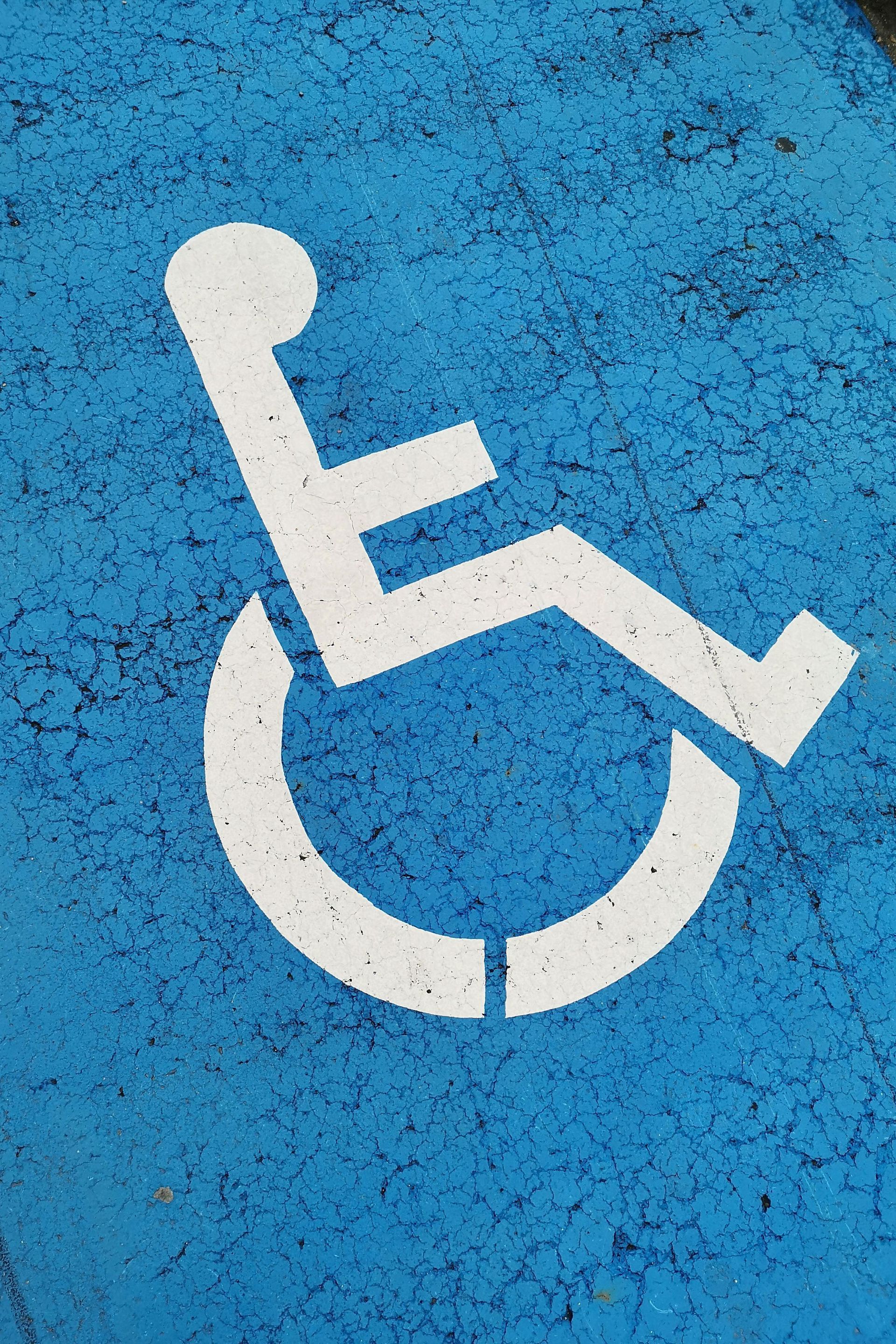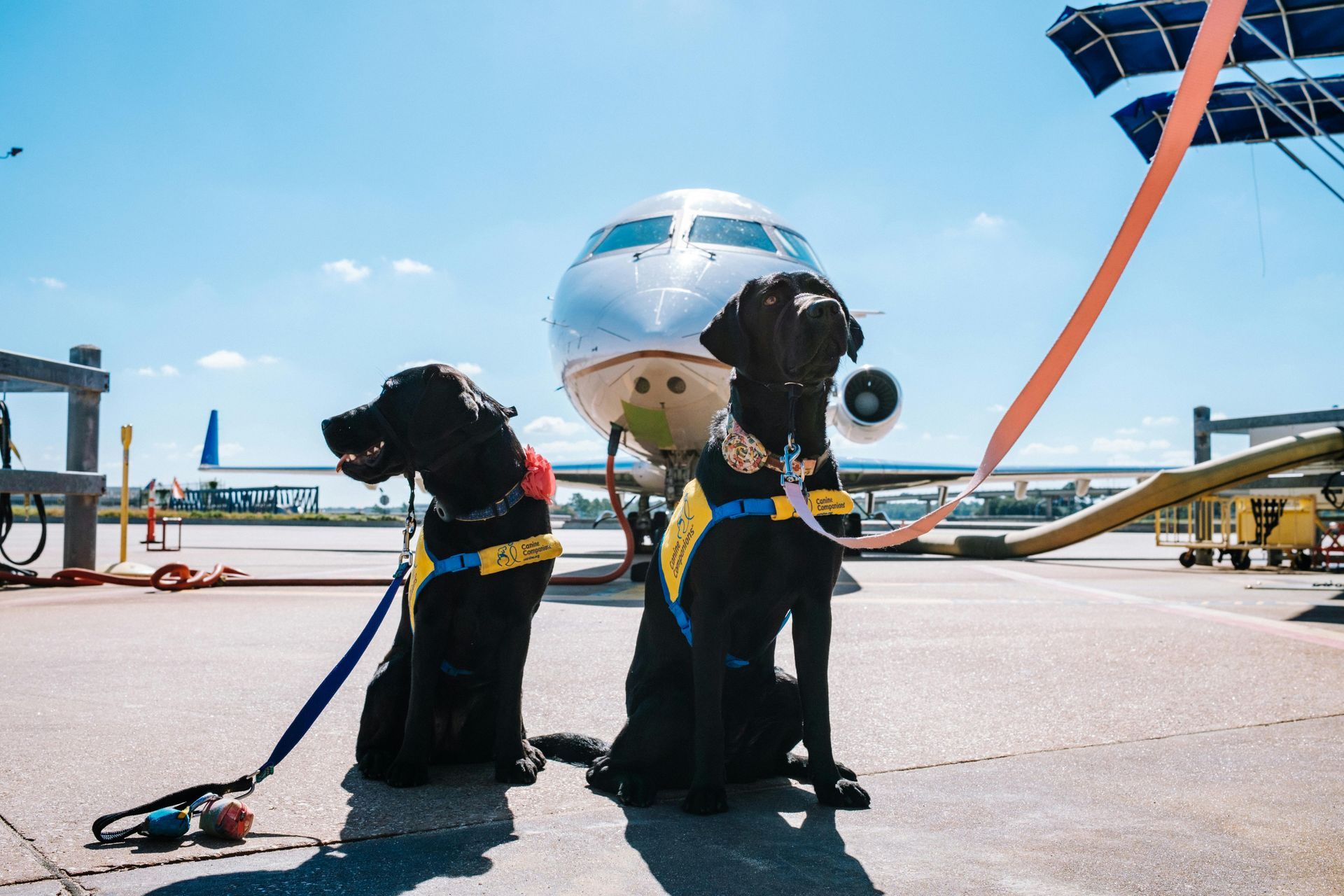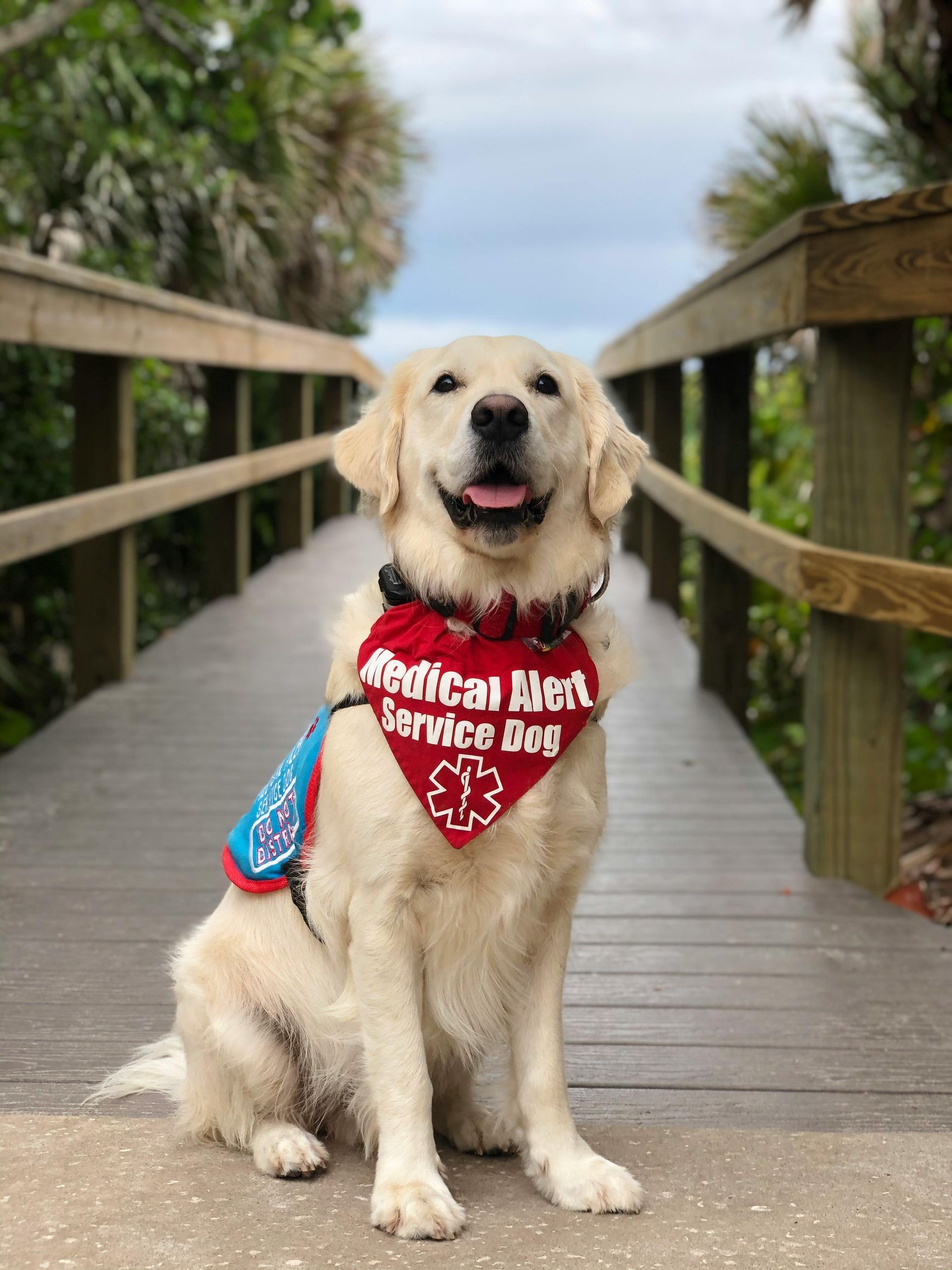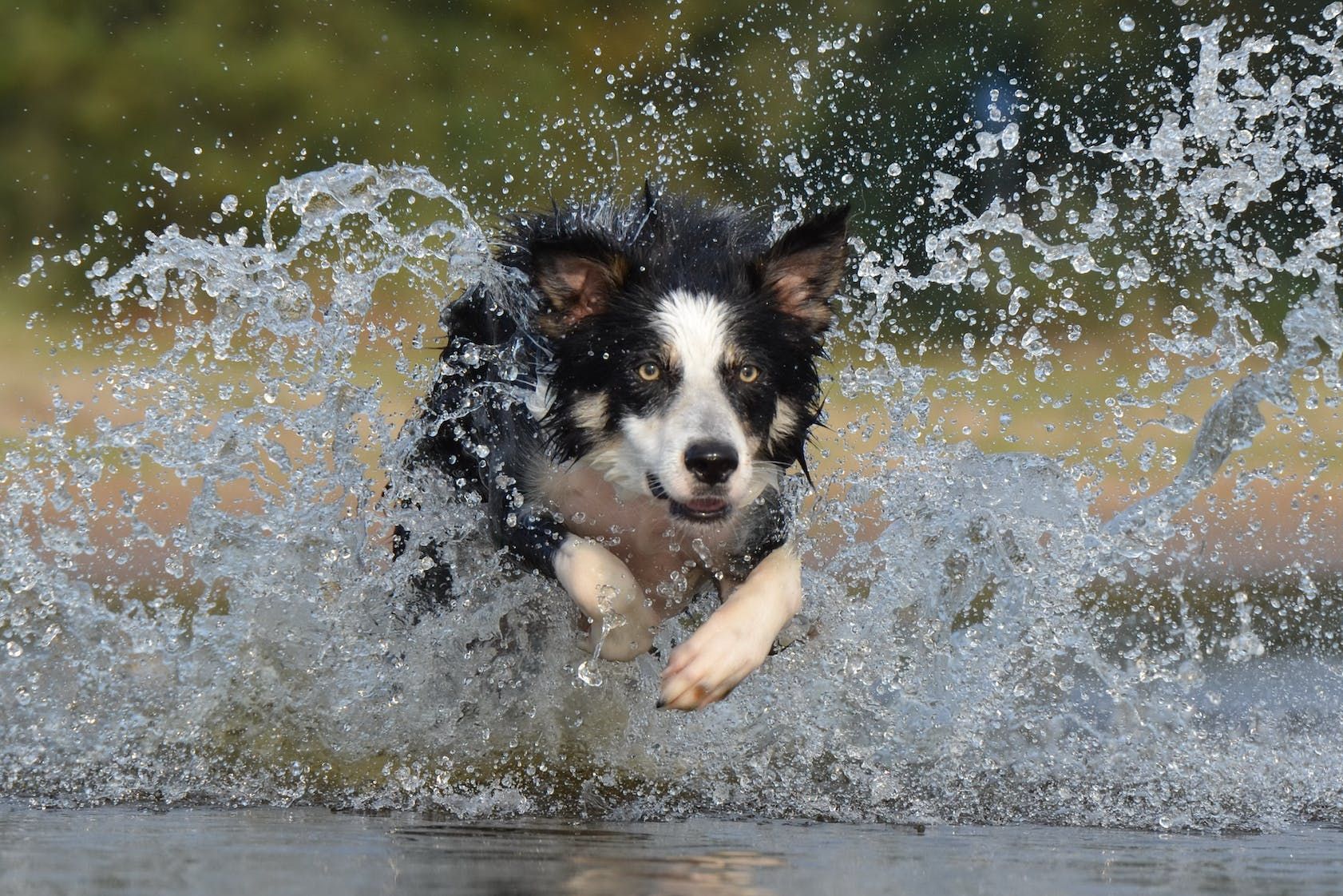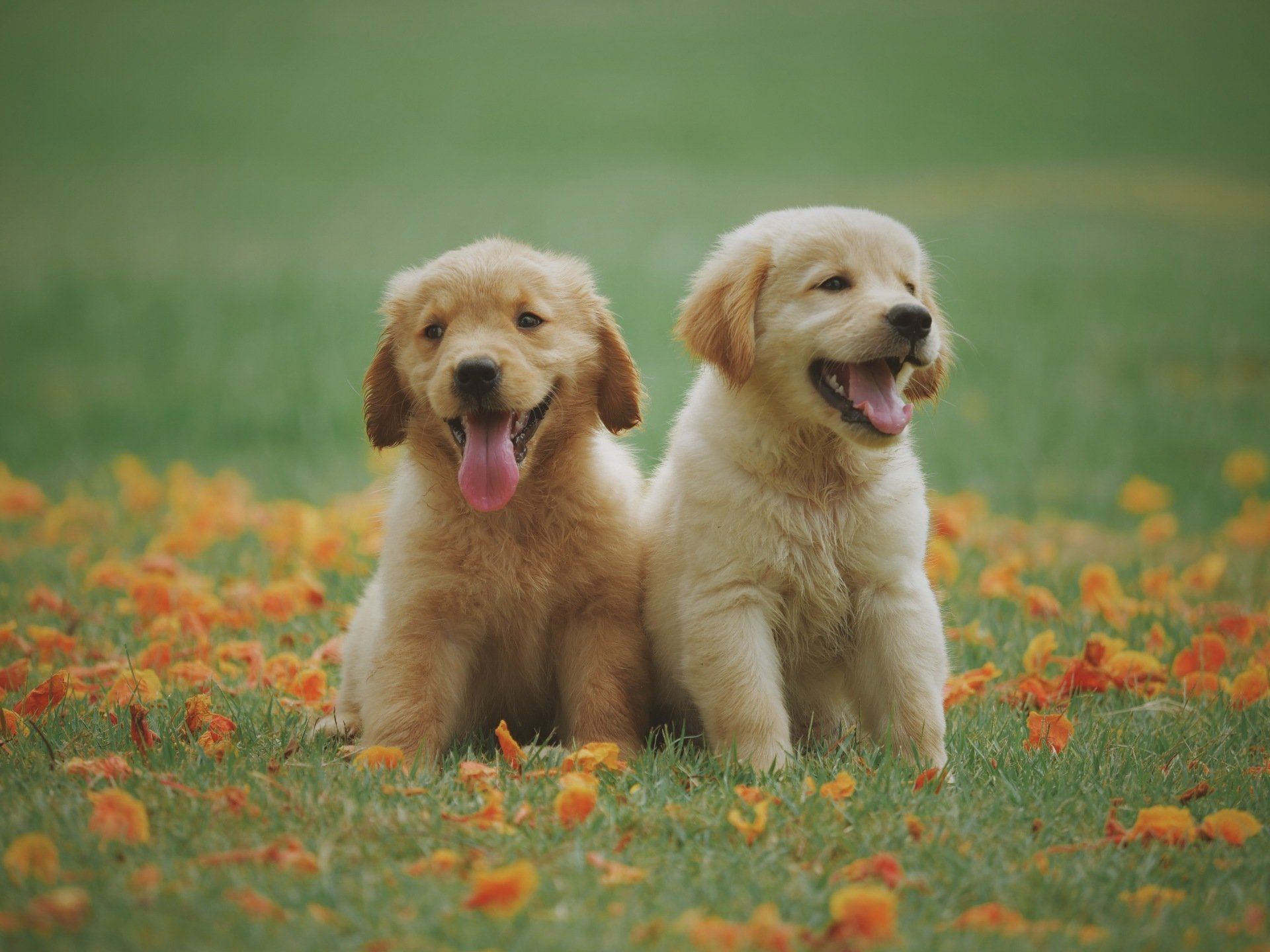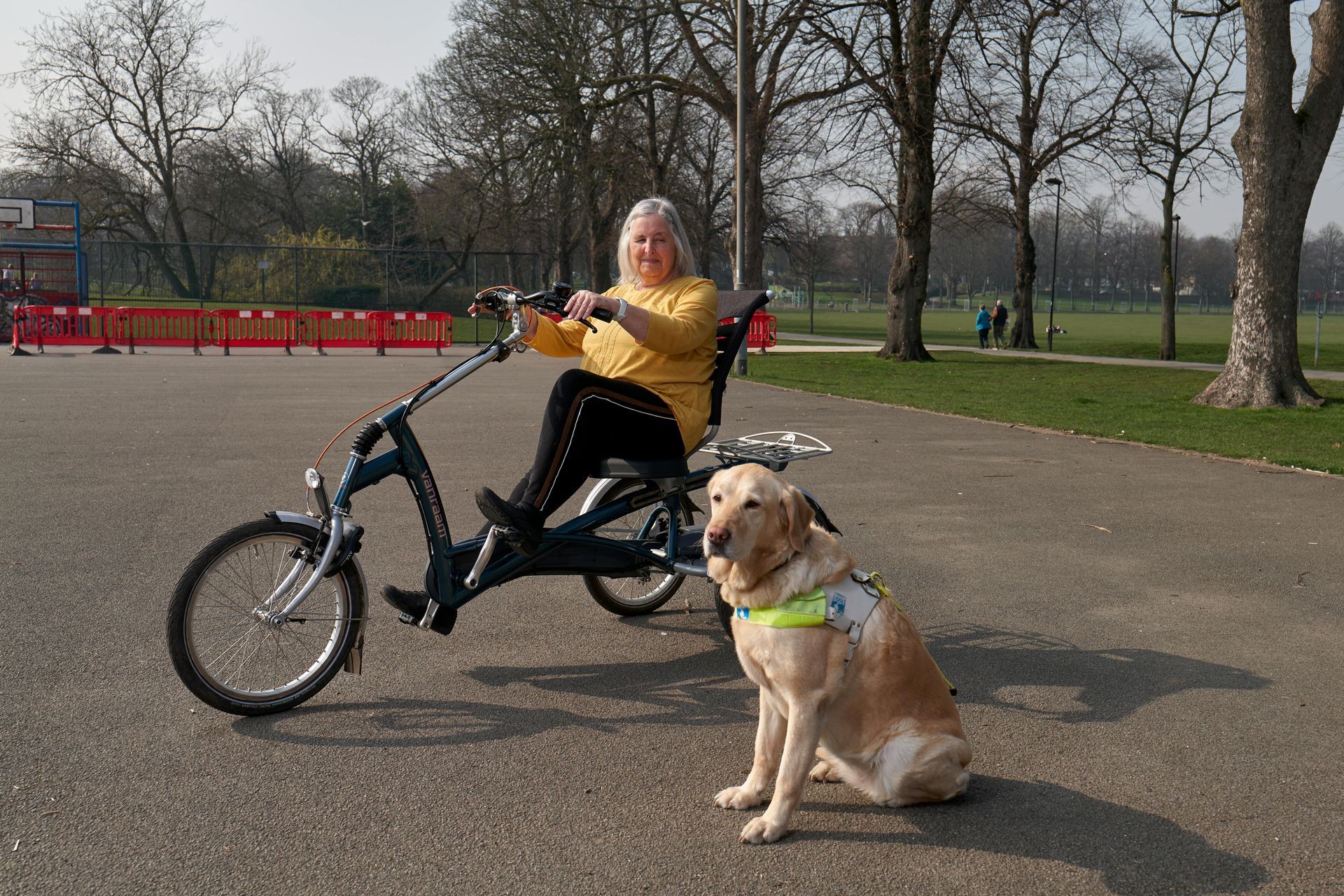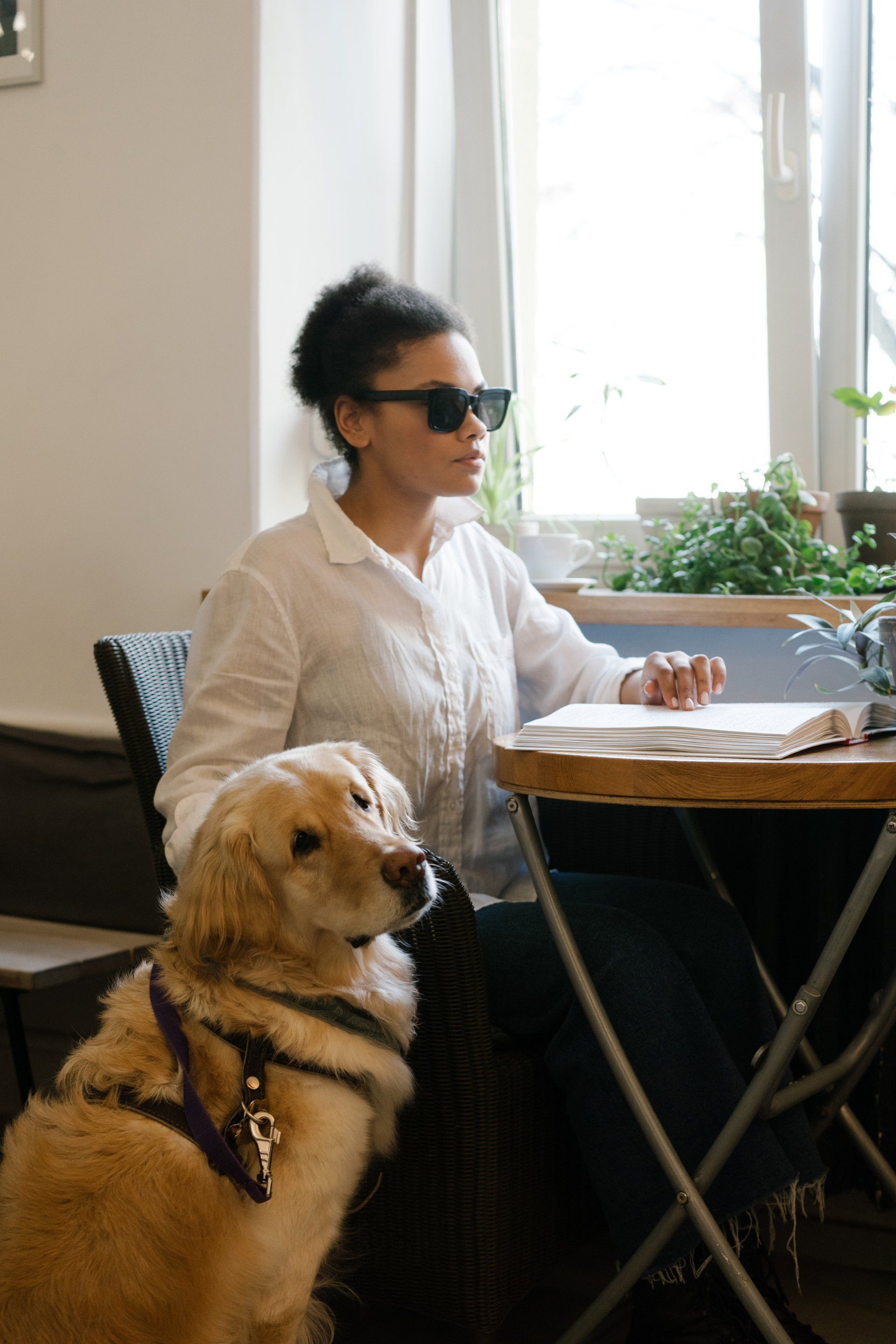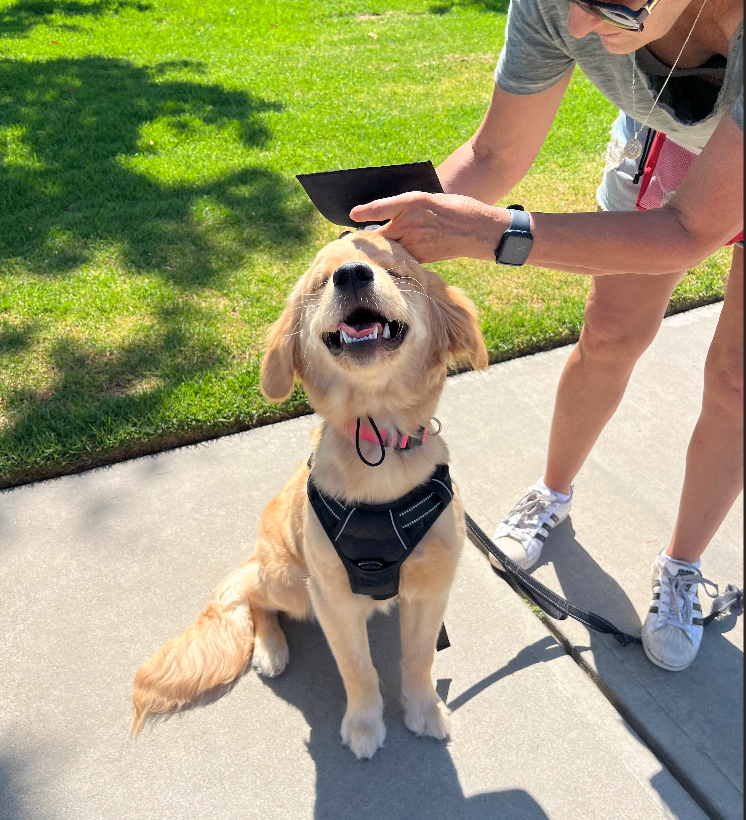Top Traits We Look for in a Service Dog Prospect
Top Traits We Look for in a Service Dog Prospect
Choosing the right service dog prospect is half the battle in successful training. The dog’s temperament, health, and personality create the foundation for their training. A well-suited dog makes the process 10x easier, while the wrong choice can turn into a frustrating, costly mistake that wastes time, energy, and resources.
The Importance of Picking the Right Prospect
The right service dog candidate will work with you, not against you. Their natural tendencies and willingness to learn will align with the demands of service work. This means you can focus on shaping and refining their abilities rather than constantly troubleshooting problem behaviors or overcoming inherent challenges.
Conversely, selecting the wrong dog can derail the entire process. A poor candidate—due to unsuitable temperament, health issues, or unmanageable behaviors—can result in wasted resources, emotional strain, and delays for the handler who relies on their service dog for vital support.
The right prospect is like working with a strong, adaptable canvas. The wrong prospect is like trying to paint on wet paper—no matter how much effort you put in, it just won’t hold up.
Why Picking the Right Dog Makes Training 10x Easier
The right dog naturally complements the training process. For example:
- Confidence: A dog comfortable in various environments requires less desensitization work.
- Motivation: A food- or affection-motivated dog will eagerly engage in training.
- Calmness: An easygoing dog makes public access training smoother.
- Social Balance: A neutral attitude toward other dogs or people eliminates extra reactivity training.
This doesn’t mean training will be effortless—service dog work is always a challenge—but the right dog ensures your effort goes toward building skills, not constantly managing foundational problems.
The Cost of Picking the Wrong Dog
Choosing the wrong service dog prospect is the most expensive mistake you can make. Here’s why:
- Wasted Time and Money:
Service dog training is a 12–18-month commitment. If a dog’s health or temperament disqualifies them halfway through, all those resources are lost. - Emotional Toll:
It’s frustrating and heartbreaking to invest so much into a dog only to realize they’re unsuited for the role. - Safety Risks:
A dog with aggression, reactivity, or anxiety can be unsafe and a liability in public or fail to perform tasks reliably, putting the handler at risk. - Delays for the Handler:
Starting over with a new prospect means the handler must wait longer for the support they need, impacting their quality of life.
Common Myths About Service Dog Prospects
It’s a common misconception that any sweet, smart, or loving dog can be a service dog. In reality, some traits people assume are ideal can actually disqualify a dog:
- Excessive Friendliness:
A dog that loves everyone too much may become distracted and struggle to focus on their handler. - High Intelligence:
While intelligence sounds appealing, a “too-smart” dog can be harder to train, quickly picking up bad habits or becoming bored with repetitive tasks. Some of the best service dogs I know are average intelligence! - Protectiveness:
A dog with protective instincts will commonly escalate into reactivity or aggression, making them unsuitable for service work and put everyone (including yourself) at risk.
Traits of a Great Service Dog Prospect
A successful service dog candidate will demonstrate the following traits:
- Excellent Health: A service dog must be in optimal health, free from chronic conditions like arthritis, hip dysplasia, or severe allergies that could interfere with their ability to perform tasks. This ensures that the dog can work effectively and without pain or discomfort. Prioritizing the dog’s health is essential, not only for the dog's performance but also for their overall well-being. A healthy dog is happier, lives a more comfortable life, and is better equipped to handle the physical demands of service dog tasks.
- Prey Drive: While dogs naturally have a prey drive, a service dog must stay focused on their handler, even when small animals are nearby. They should be easily redirected without becoming fixated on distractions.
- No Resource Guarding: Service dogs should tolerate sharing space, food, toys, and attention. Any tendency to guard resources (food, toys, space) in a problematic way (growling, snarling, lunging, etc.) can create problems in public and is a serious issue for service dog work.
- Biddability and Love for Training: A service dog must enjoy training and have a natural willingness to learn. Dogs who are eager to work and please their handler are much more successful in service dog roles.
- Balanced Social Temperament: Service dogs need to be confident and calm around people, other dogs, and new situations. They must not be overly shy or overly excitable.
- Environmental Confidence: Service dogs should remain calm and focused in busy, noisy, or unfamiliar environments, like crowded malls or city streets. They should not be afraid of common objects (e.g., vacuums, blow dryers, cars).
- No Anxiety or Startle-Prone Behavior: A service dog shouldn't be easily startled or overly anxious. A dog that reacts fearfully or with stress in everyday situations is unsafe and unfit for service work.
- Calm and Adaptable Personality: Service dogs must have an easygoing, adaptable personality. They should be able to handle the unpredictability of daily life and work without becoming overwhelmed or anxious.
- Non-Reactivity: Service dogs must stay neutral around other dogs, people, and distractions. Reactivity—whether excitement, fear, or aggression—is unsafe and unethical in service dog work.
- Motivated by Food and Affection: Positive reinforcement is key in service dog training, so the dog must be motivated by food, affection, or both. A dog who is interested in treats and praise will learn quickly and reliably.
Building a Strong Foundation
Selecting the right service dog prospect isn’t just about picking a “good” dog—it’s about finding one whose traits align perfectly with the specific demands of the job. The right candidate makes the journey smoother and faster, while the wrong one can lead to frustration, failure, and disappointment.
However, it’s important to remember that even dogs with less-than-ideal traits can still become great service dogs. For example:
- A dog who is overly excited by people can learn to be calm and controlled with consistent training and patience. It’s possible for them to develop a calmer demeanor, but it will take extra time and effort.
- A dog who isn't naturally motivated by food can still be trained to work for treats or praise, though it might require creative approaches to find the right motivators.
- A dog who used to get wild around prey or small animals can learn to remain focused and calm with proper desensitization and positive reinforcement.
That said, while these dogs can be trained to overcome these challenges, it’s crucial to understand that it requires a lot of work and dedication. They’re at a higher risk of “flunking out” of service dog training because of these inherent behaviors, and it’s a process that might not work for every dog. This is a decision each person has to make for themselves—whether they’re ready and able to put in the time and effort to help the dog succeed, knowing there’s a chance it might not work out in the end.
Investing in the right prospect at the outset—one who already has the traits you need—makes a big difference in ensuring success. But with patience and consistency, even a dog with some challenges can be trained to become a service dog. It all depends on the level of commitment you’re willing to make for both the dog and yourself.
